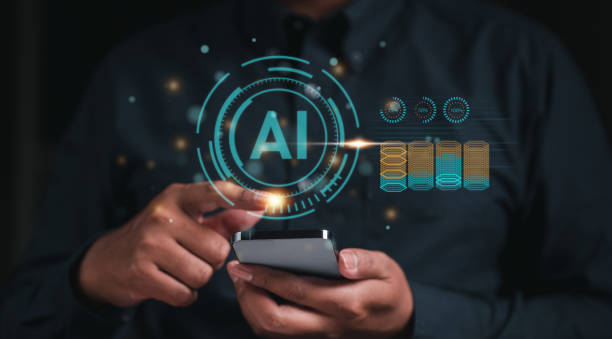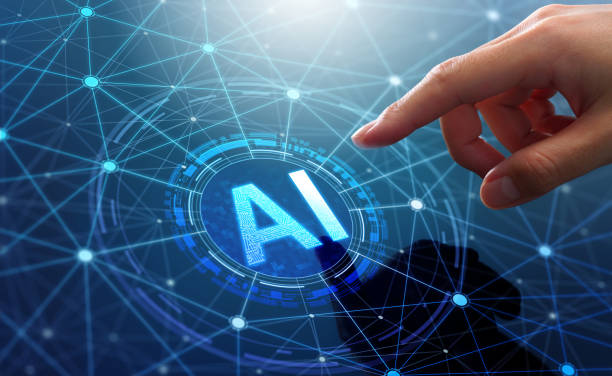Introduction to AI Robots: What They Are and How They Work
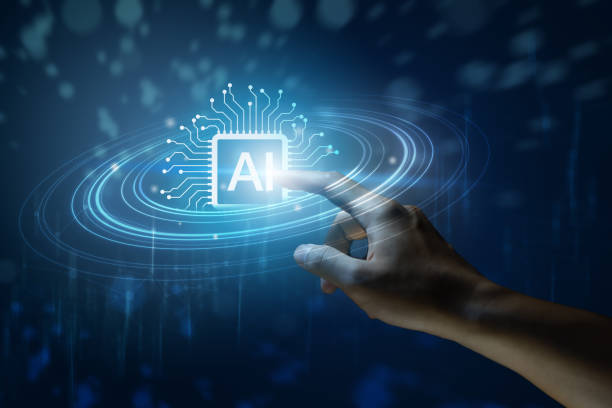
Introduction to AI Robots: What They Are and How They Work
In today’s world, the term #Artificial_Intelligence is increasingly heard.
One of the prominent manifestations of this technology is the AI robot.
An AI robot is, in fact, a combination of two key concepts: robotics and artificial intelligence.
Robotics deals with the construction and design of robots, while artificial intelligence strives to enable machines to perform tasks that typically require human intelligence.
Simply put, an AI robot is a machine that, using intelligent algorithms, is capable of understanding, reasoning, learning, and problem-solving.
These robots can operate in various environments and perform diverse tasks, from simple and repetitive chores to complex and specialized activities.
An AI robot is constantly learning and adapting to new conditions, improving its performance.
While early robots simply operated based on predefined programming, an AI robot learns through data and can make independent decisions and act based on previous experiences.
These capabilities have transformed AI robots into powerful tools across various industries.
From manufacturing and logistics to healthcare and customer service, AI robots play a significant role in increasing productivity, reducing costs, and improving quality.
Did you know that poor online store design can drive away up to 70% of your potential customers? Resaweb transforms your sales with professional and user-friendly e-commerce website design.
✅ Significant increase in sales and revenue
✅ Full optimization for search engines and mobile
⚡ [Get a free consultation from Resaweb]
Main Components of an AI Robot
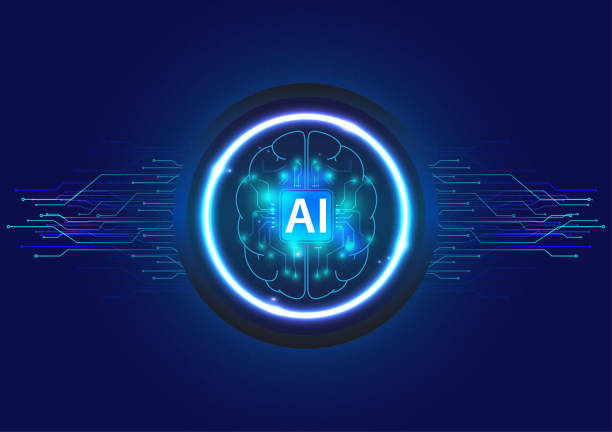
Main Components of an AI Robot
An AI robot consists of several main components, each playing a crucial role in its overall performance:
- Sensors Sensors allow the robot to collect information from its surroundings.
This information can include visual data (via cameras), audio (via microphones), tactile (via touch sensors), or other types of data. - Processor The processor (such as a CPU or GPU) is responsible for processing data collected by sensors and executing AI algorithms.
The processor’s power determines how quickly the robot can process information and make decisions. - AI Algorithms AI algorithms are the beating heart of an AI robot.
These algorithms enable the robot to learn, reason, make decisions, and perform its tasks.
Some of the most common AI algorithms used in robots include machine learning, neural networks, and natural language processing. - Actuators Actuators enable the robot to act within its environment.
These actuators can include motors, arms, wheels, or other movement mechanisms. - Power Source The power source supplies the energy required for all robot components to function.
The interaction and coordination between these components allow an AI robot to perform complex tasks autonomously.
For example, an AI robot working in a manufacturing plant might use cameras to detect faulty parts, machine learning algorithms to improve its performance, and arms to move components.
Types of AI Robots and Their Applications
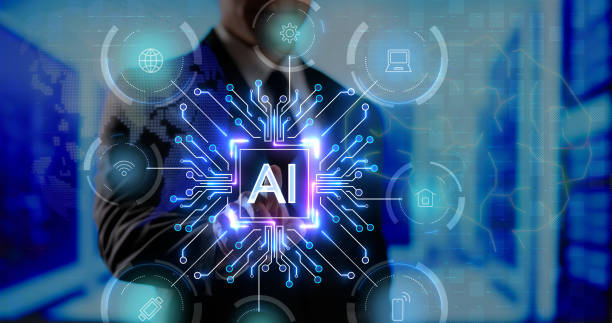
Types of AI Robots and Their Applications
AI robots come in various shapes and sizes and are designed for diverse applications.
Some of the most common types of AI robots include:
- Industrial Robots These robots are used in factories and other manufacturing environments to perform repetitive, dangerous, or high-precision tasks.
- Service Robots These robots are designed to provide services to humans.
Examples of service robots include cleaning robots, delivery robots, and nursing robots. - Medical Robots These robots are used in hospitals and other medical centers to assist surgeons, nurses, and other medical specialists.
Medical robots can be used for minimally invasive surgeries, drug delivery, or patient care. - Exploration Robots These robots are designed for exploration in environments that are dangerous or inaccessible to humans.
Examples of exploration robots include those used for exploring deep sea, space, or radioactive areas. - Household Robots These robots are designed to assist people with daily tasks at home.
Examples of household robots include robot vacuum cleaners, robotic lawnmowers, and cooking robots.
The applications of AI robots are expanding daily, and they are expected to play an even more significant role in our lives in the future.
| Robot Type | Applications |
|---|---|
| Industrial | Manufacturing, Packaging, Assembly |
| Service | Cleaning, Delivery, Care |
| Medical | Surgery, Drug Delivery, Patient Care |
| Exploration | Deep Sea, Space, Dangerous Areas Exploration |
| Household | Cleaning, Lawn Mowing, Cooking |
Advantages of Using AI Robots
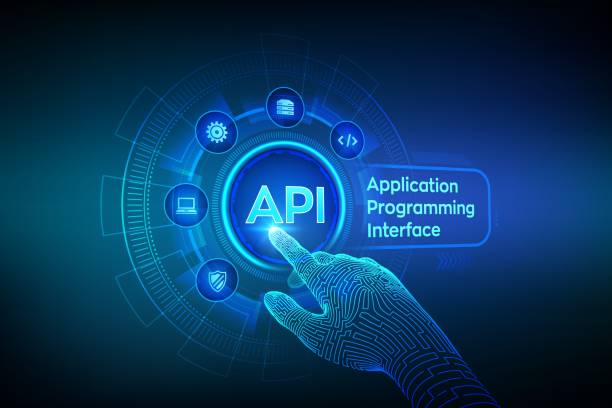
Advantages of Using AI Robots
Using AI robots offers numerous advantages, including:
- Increased Productivity AI robots can work 24/7 without fatigue, leading to increased productivity and reduced costs.
- Improved Quality AI robots can perform their tasks with higher accuracy and consistency than humans, leading to improved product and service quality.
- Reduced Risks AI robots can operate in dangerous or inaccessible environments for humans, leading to a reduction in human risks and injuries.
- Creation of New Opportunities AI robots can create new opportunities for innovation and business development.
In general, the use of AI robots can help improve performance, reduce costs, and increase the competitiveness of organizations.
Did you know that 94% of users’ first impressions of a business are related to its website design? With professional corporate website design by **Resaweb**, turn this first impression into an opportunity for growth.
✅ Attract more customers and increase sales
✅ Build credibility and trust in the audience’s eyes⚡ Get a free website design consultation!
Challenges Facing AI Robot Development

Challenges Facing AI Robot Development
Despite numerous advantages, the development of AI robots also comes with challenges:
- High Cost The development and implementation of AI robots can be expensive.
- Need for Expertise Designing, building, and programming AI robots requires high expertise.
- Ethical Issues The use of AI robots can raise various ethical issues, including job displacement and data misuse.
- Security Issues AI robots can be vulnerable to cyberattacks.
To overcome these challenges, continuous research and development in AI and robotics are necessary, along with the formulation of appropriate regulations and standards for the use of these technologies.
The Future of AI Robots

The Future of AI Robots
The future of AI robots looks very bright.
With continuous advancements in artificial intelligence and robotics, AI robots are expected to play an increasingly important role in our lives in the future.
It is predicted that AI robots will be used in a wider range of industries and applications, helping us with daily tasks, improving health, and increasing productivity.
With their ability to learn and adapt, AI robots will be capable of performing more complex tasks than ever before.
Furthermore, AI robots are expected to become smarter, more autonomous, and more humanoid in the future.
These robots will be able to interact more closely with humans and participate in decision-making.
Of course, the development of advanced AI robots requires attention to ethical and security issues to prevent the misuse of these technologies.
Impact of AI Robots on the Job Market
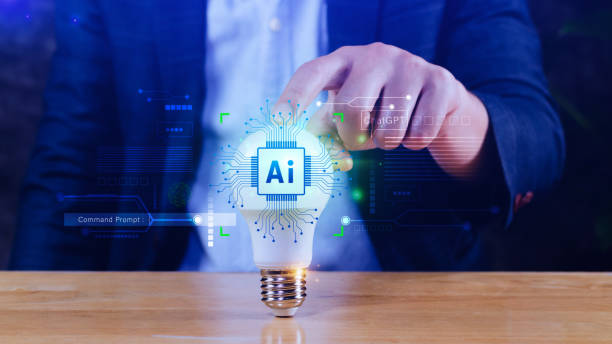
Impact of AI Robots on the Job Market
One of the important and debated topics regarding AI robots is their impact on the job market.
Some believe that AI robots will lead to job losses and increased unemployment, while others argue that this technology will create new employment opportunities.
With the automation of certain tasks, the need for human labor in some areas will decrease.
However, the creation of new job opportunities in fields related to the design, construction, maintenance, and programming of these robots is also foreseeable.
Overall, AI robots are expected to lead to a change in the structure of the job market.
Some jobs will disappear, others will change, and new jobs will be created.
To adapt to these changes, individuals need to acquire new skills and prepare themselves for future jobs.
Training in skills related to artificial intelligence and robotics, as well as soft skills such as critical thinking and problem-solving, will be of great importance.
| Impact | Description |
|---|---|
| Job Loss | Automation of repetitive tasks |
| Job Creation | Robot design, construction, maintenance |
| Job Transformation | Need for new skills |
| Increased Productivity | Performing tasks faster and more accurately |
| Improved Quality | Reduced errors in production |
AI Robots in Iran: Prospects and Opportunities
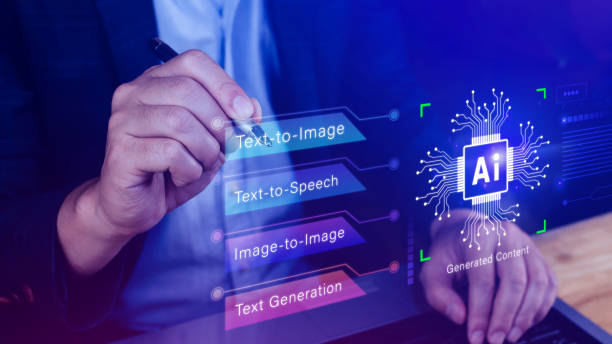
AI Robots in Iran: Prospects and Opportunities
In Iran, attention to AI robots is also increasing.
The government and private sector have made investments in the development of artificial intelligence and robotics.
Given the country’s high potential in skilled human resources and the presence of reputable universities, Iran can become one of the leading countries in the field of AI robots.
Of course, there are also challenges along this path, including a lack of investment, limitations in access to advanced technologies, and the absence of appropriate standards.
However, there are also numerous opportunities for the development of AI robots in Iran.
These opportunities include:
- Manufacturing Industries AI robots can be used in manufacturing industries to increase productivity, improve quality, and reduce costs.
- Agriculture AI robots can be used in agriculture for smart irrigation, harvesting, and pest control.
- Healthcare AI robots can be used in healthcare to assist surgeons, nurses, and other medical specialists.
- Services AI robots can be used in services for customer service, goods delivery, and cleaning.
Are you tired of your company’s website not being seen as it should be, losing potential customers? Solve this problem forever with professional and effective website design by Resaweb!
✅ Increase brand credibility and gain customer trust
✅ Attract targeted sales leads
⚡ Contact us now for a free consultation!
Important Tips for Choosing and Buying an AI Robot

Important Tips for Choosing and Buying an AI Robot
Choosing and purchasing the right AI robot requires attention to various factors.
Before buying, you should accurately identify your needs and choose a robot that can meet them.
Also, you should pay attention to the robot’s technical specifications, such as processing power, accuracy, speed, and reliability.
In addition, you should also consider the purchase and maintenance costs of the robot.
The cost of an AI robot can vary greatly depending on its type, features, and applications.
You should also take into account the robot’s maintenance and repair costs.
Before purchasing, be sure to consult with experts and specialists for guidance.
Also, review the opinions and experiences of other users.
Frequently Asked Questions about AI Robots

Frequently Asked Questions about AI Robots
In this section, we answer some frequently asked questions about AI robots:
- Will AI robots replace humans? While AI robots are capable of performing some human tasks, it is unlikely that they will completely replace humans.
Humans possess skills and abilities that robots lack, including creativity, critical thinking, and emotional intelligence. - Are AI robots dangerous? AI robots, like any other technology, can be dangerous if used improperly.
However, by establishing appropriate regulations and standards and providing proper training, the risks associated with the use of AI robots can be minimized. - How much does an AI robot cost? The cost of an AI robot depends on the type of robot, its features, and its application.
Simple household AI robots can cost a few hundred dollars, while complex industrial robots can cost hundreds of thousands of dollars. - How does an AI robot work? AI robots work using a combination of sensors, processors, and AI algorithms.
Sensors are used to collect information from the environment, while processors are used to process data and make decisions.
AI algorithms allow robots to learn, reason, and solve problems.
We hope this article has provided useful information about AI robots.
Frequently Asked Questions
| Question | Answer |
|---|---|
| What is an AI robot? | It is a robot that uses artificial intelligence capabilities to understand the environment, reason, learn, and make decisions to perform complex tasks independently. |
| What is the main difference between a regular robot and an AI robot? | AI robots can learn and adapt to their environment, while regular robots typically operate based on fixed, predefined programming. |
| In what areas are AI robots used? | In areas such as industry (production lines), medicine (robotic surgeries), services (customer support, smart vacuum cleaners), exploration (space and underwater), and entertainment. |
| How do AI robots learn? | They acquire new skills through Machine Learning and Deep Learning algorithms, by analyzing large data sets and identifying patterns. |
| Can AI robots have emotions? | Currently, no. They can identify or simulate emotions, but they do not experience real emotions like humans. |
| What are the most important advantages of using AI robots? | Increased productivity, reduced human error, performance of dangerous or repetitive tasks, and provision of innovative and efficient services. |
| What challenges exist in the development of AI robots? | The need for abundant and quality data, complexity of algorithms, ethical issues, cybersecurity, and high research and development costs. |
| Are AI robots dangerous to humans? | No, with adherence to safe design principles and ethical regulations. Concerns are mostly related to social and economic impacts, such as changes in the job market. |
| What is an example of an AI robot in daily life? | Smart robotic vacuum cleaners (like Roomba) that automatically map and clean the house, or smart voice assistants (like Siri and Alexa). |
| How is the future of AI robots predicted? | They are expected to become smarter, more autonomous, and capable of more complex interactions with humans, playing a more prominent role in industry, medicine, transportation, and daily life. |
And other services by Resaweb Advertising Agency in the field of advertising
- Smart Link Building: An innovative platform for improving customer behavior analysis using real data.
- Smart Google Ads: A professional solution for customer acquisition focusing on precise audience targeting.
- Smart Digital Advertising: An innovative platform for improving user engagement by optimizing key pages.
- Smart UI/UX: Designed for businesses looking to increase click-through rates through marketing automation.
- Smart Advertorials (Rapportage): An innovative platform for improving customer acquisition with Google advertising management.
And hundreds of other services in the field of internet advertising, advertising consulting, and organizational solutions
Internet Advertising | Advertising Strategy | Advertorials
Resources
What is Artificial Intelligence? A Comprehensive and Practical Guide
Types of AI Robots and Their Applications
The Future of Artificial Intelligence and its Impact on Human Life
Machine Learning and Artificial Intelligence: Concepts and Differences
? Is your business ready for a big leap in the digital world? Resaweb Afarin Digital Marketing Agency, specializing in professional website design and providing comprehensive online marketing solutions, paves your way to growth and visibility.
📍 Tehran , Mirdamad Street ,next to Bank Markazi , Kazeroun Jonoubi Alley , Ramin Alley Plaque 6

